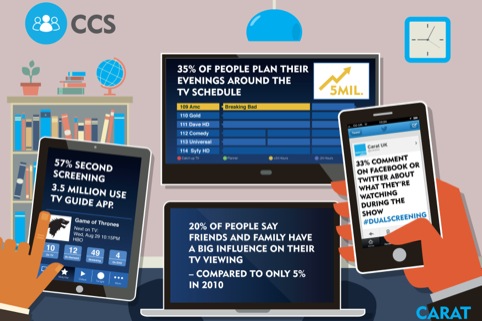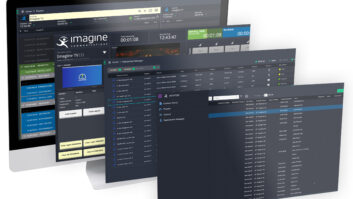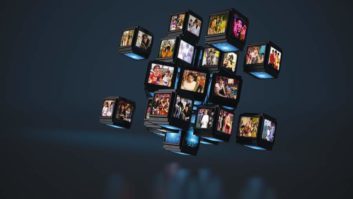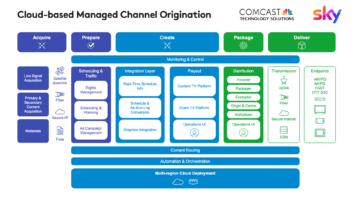
Despite the availability and convenience offered by VoD services, must-see TV is driving consumers back towards planning evenings around the linear TV schedule, suggests new research from Carat.
The data from CCS the agency’s consumer research and insight tool that surveyed 11,000 British consumers revealed that 35 per cent of people now actively plan their evenings around the TV schedule. This is 5 million more people than four years ago.
Carat suggests that this behavioural change is being fuelled by social media use and the viewers’ enjoyment of discussing the latest appointment-to-view (APT) TV shows, such as Breaking Bad, while the show is airing.
CCS showed that 57 per cent of people are using second screen services in some way while watching linear TV, and that 33 per cent are commenting on Facebook or Twitter about what they’re watching during the show.
The findings also reveal that 20 per cent of people say that their friends and family have had a big influence on their TV viewing compared to only 5 per cent in 2010.
Steven Ballinger, head of media investment, Amplifi, Carat, said: “The mix of Appointment to View (APT) programming and social media means that people are moving from passive to active viewing. Being part of the conversation during the latest battle in Game of Thrones or a terrible audition in BGT with friends and strangers hugely enhances the experience for the consumer.
“This drives huge opportunities for advertisers. It turns their advertising from a monologue to a dialogue. Using second screen apps such as AdSync or Shazam, which allows the user to access more content, creates more dwell time for consumers with the brand. It also helps to drive the consumer closer to the point of purchase. Something advertisers have been trying for a while with more traditional TV advertising methods.”
This story also appears on IBC’s Content Everywhere.








